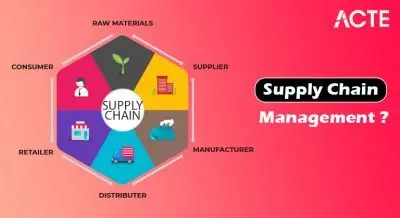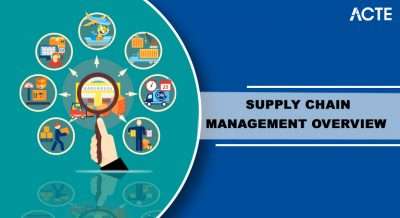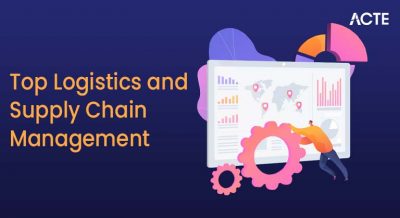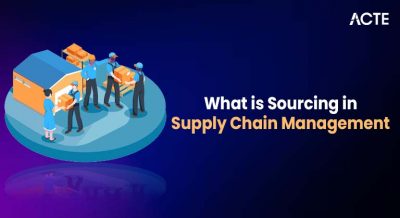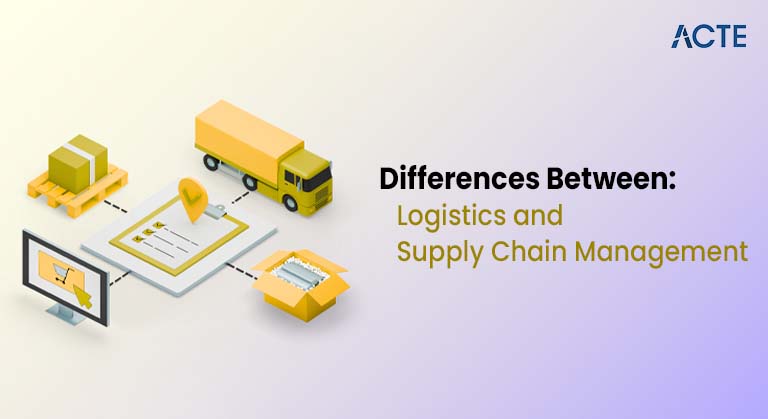
- Introduction
- Defining Logistics
- Defining Supply Chain Management (SCM)
- Key Differences Between Logistics and SCM
- Components of Logistics vs Components of SCM
- Roles and Responsibilities
- How Logistics and SCM Interact
- Importance of Both in Business Success
- Conclusion
Introduction
In today’s globalized and fast-paced business environment, efficient management of materials, information, and finances is crucial. Two terms often used interchangeably but distinctly important are Logistics and Supply Chain Management (SCM). Though related and overlapping, logistics and supply chain management represent different scopes, objectives, and functions within the movement of goods and services from suppliers to customers. Understanding their differences is essential for businesses aiming to optimize operations, reduce costs, and enhance customer satisfaction. This article dives deep into defining both concepts, explores their key differences, and explains how they complement each other in the modern marketplace.
Are You Interested in Learning More About PMP? Sign Up For Our PMP Certification Training Today!
Defining Logistics
Logistics refers to the detailed coordination and movement of resources, goods, services, and information from one point to another, efficiently and effectively. It is primarily concerned with the planning, implementation, and control of the storage and flow of products. Core Aspects of Logistics Include: Effective logistics management is built on five key parts that all work together smoothly to keep things running well. Transportation is the main support system, getting goods moved efficiently through different ways like air, sea, rail, and roads. Then, warehousing provides secure spots to store products, strategically holding them until they’re ready to go. Inventory management keeps a close eye on stock levels, making sure there’s enough but not too much. Also, packaging and handling rules protect the items while they’re being moved, cutting down on damage and keeping everything in good shape.
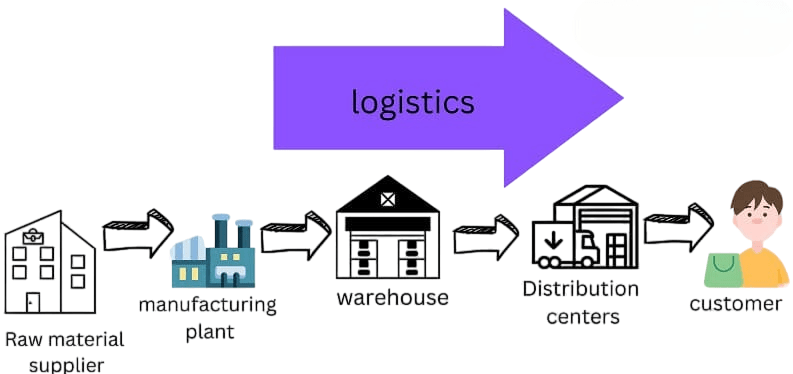
Finally, order fulfillment ties everything together, ensuring products get to customers on time and in perfect condition, which is what drives customer happiness and business success. Logistics traditionally focuses on internal operations and tactical activities related to the movement and storage of goods.
Defining Supply Chain Management (SCM)
Supply Chain Management is a broader concept encompassing the end-to-end flow of goods, information, and finances from raw material sourcing to the final delivery of products to the consumer. SCM involves coordinating and integrating all parties involved suppliers, manufacturers, distributors, retailers, and customers to maximize value and gain a competitive advantage. To fully understand its scope and strategic importance, it helps to compare logistics and supply chain management, as doing so highlights how logistics functions as a crucial component within the wider supply chain framework.
SCM involves coordinating and integrating all parties involved suppliers, manufacturers, distributors, retailers, and customers to maximize value and gain a competitive advantage.
SCM Encompasses:
- Supplier Relationship Management: Strengthening collaboration with suppliers to ensure quality and reliability.
- Demand Forecasting and Planning: Aligning supply chain activities with projected market needs.
- Production Scheduling: Organizing manufacturing timelines for optimal resource usage.
- Procurement and Sourcing: Acquiring goods and services efficiently and cost-effectively.
- Logistics and Distribution: Managing inventory flow and transportation to customers.
- Customer Relationship Management: Enhancing service and satisfaction throughout the buyer journey.
- Returns and Reverse Logistics: Handling product returns and recycling processes responsibly.
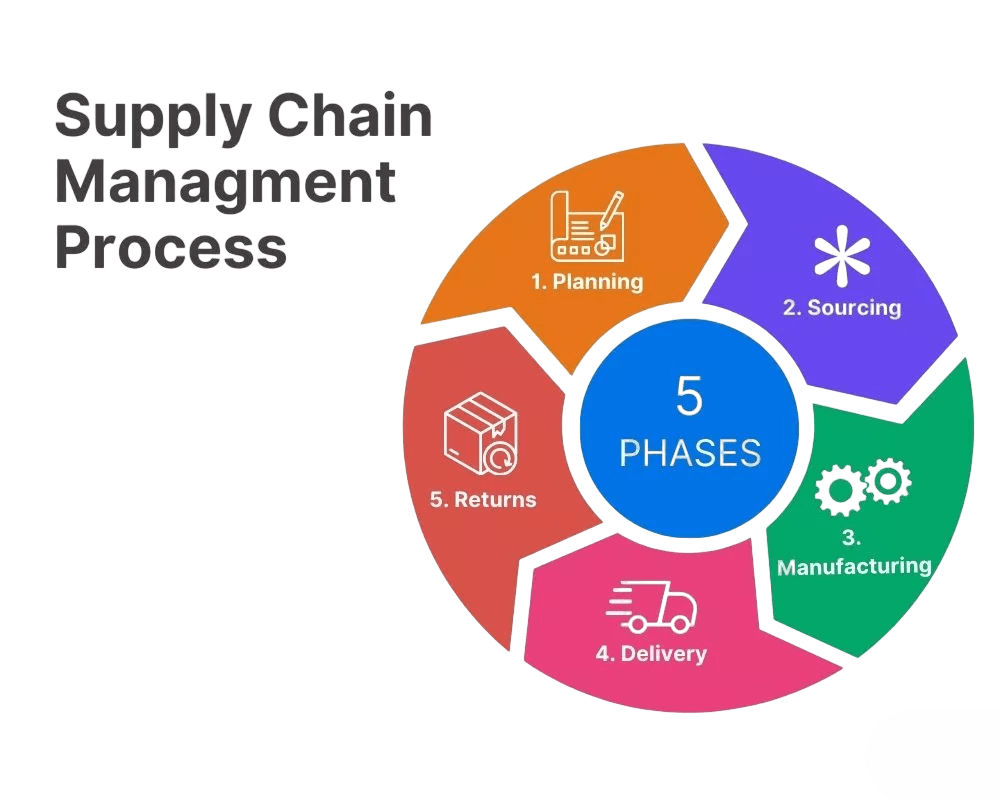
Supply chain management is a strategic and holistic approach designed to improve the entire supply network’s efficiency and responsiveness.
To Explore PMP in Depth, Check Out Our Comprehensive PMP Certification Training To Gain Insights From Our Experts!
Key Differences Between Logistics and SCM
| Aspect | SAP System | Instance of SAP |
|---|---|---|
| Definition | Complete SAP software installation | Single running copy of SAP system |
| Scope | Encompasses all components for SAP apps | Represents a specific process/task |
| Components | Includes servers, databases, middleware | Specific processes on application servers |
| Startup Behavior | System starts as a full integrated environment | Each instance launches with its own dispatcher and work processes |
| Management Level | Centralized administration of all modules | Instance-specific configurations and controls |
| Performance Impact | Depends on system-wide infrastructure | Depends on load and configuration of the instance |
| User Interaction | Handles cross-module user activities | Manages sessions, background jobs, and requests |
Components of Logistics vs Components of SCM
Running a supply chain effectively means getting many connected parts to work smoothly together, making sure everything flows seamlessly from when you first get the goods until they’re delivered. Managing how things get moved is absolutely key to the whole operation. It’s about carefully planning and carrying out the best shipping routes to make things run as efficiently as possible while keeping costs down. Working alongside this is handling the storage side of things – making sure goods are kept safely and handled properly to keep them in great condition all the way through the process. To better understand how these processes fit together, it’s helpful to compare logistics and supply chain management, as each plays a distinct yet complementary role in the overall system. Keeping an eye on inventory is another vital balancing act – you need to have enough stock to meet customer orders, even when demand changes, but you also have to avoid ending up with too much stock, which can be expensive. This ties in closely with the systems that handle customer orders, taking them from the moment they’re received right through to when they’re ready to ship. Plus, packaging is important too; it makes sure products are ready for the journey, keeps them safe, and helps use space wisely. When you compare logistics and supply chain management, it becomes clear how deeply integrated and interdependent these functions are in driving both efficiency and customer satisfaction.
Want to Pursue a PMP Master’s Degree? Enroll For PMP Master Program Training Course Today!
Roles and Responsibilities
Logistics Managers: Logistics Coordinators are really the engine room of the supply chain, handling all the day-to-day details. They carefully manage the transportation and storage of goods, making sure everything arrives on time for customers. These folks are experts at keeping inventory levels just right and working smoothly with carriers and warehouses to keep everything running like clockwork. Plus, they’re always looking for ways to make shipping more efficient, like finding better routes and cutting costs. On the other side, Supply Chain Managers take a wider, strategic view. They’re focused on creating long-term plans for the supply chain that help the whole company succeed. They build strong relationships with both suppliers and customers and bring in new technologies to keep things competitive. These leaders also keep a close eye on potential risks and how well the supply chain is performing. Their goal is to find ways to cut costs and improve efficiency across the entire network, ultimately boosting profits and making sure customers are happy.
How Logistics and SCM Interact
- While logistics is a component within the broader supply chain, both functions rely heavily on each other. SCM defines the overall strategy and coordination, while logistics executes the operational tasks to move goods.
- For example, SCM may decide to source materials globally to reduce costs, but logistics manages the actual transportation and delivery of those materials to factories.
- Together, they ensure products flow smoothly from inception to customer delivery, with minimal delays and maximum cost-efficiency.
- Lower Operational Costs: Efficient processes reduce waste and improve profitability.
- Faster Response Times: Agile logistics enable quicker adaptation to market changes.
- Better Inventory Management: Real-time data supports accurate stock control and forecasting.
- Higher Customer Satisfaction: Timely deliveries and quality service boost loyalty.
- Enhanced Flexibility and Scalability: Integrated SCM allows businesses to scale operations smoothly.
Preparing for a PMP Job Interview? Check Out Our Blog on PMP Interview Questions and Answers
Importance of Both in Business Success
Businesses that understand and optimize both logistics and supply chain management gain competitive advantages such as:
Ignoring the strategic scope of SCM or the operational importance of logistics can lead to inefficiencies, increased expenses, and lost sales opportunities.
Conclusion
To put it simply, logistics is a specialized field, focusing mainly on the nitty-gritty of moving goods, storing them, and getting them delivered. Supply Chain Management, on the other hand, looks at the bigger picture, overseeing the entire journey of materials, information, and money as they move between different companies. Understanding the differences between Logistics and Supply Chain Management is key to seeing how each contributes uniquely to business success. Businesses that really nail the coordination between logistics and supply chain management are much better positioned to succeed in today’s tricky and competitive market. Both logistics and supply chain management are critical to getting products to customers successfully. Their combined effectiveness directly impacts a business’s ability to deliver goods in the right amount, at the right time, and at a reasonable cost. If the logistics team is efficient, products can be shipped quickly and accurately. If the supply chain management is solid, resources are used wisely, and delays or shortages are reduced. By recognizing the differences between Logistics and Supply Chain Management, companies can better align their efforts to reduce waste, lower costs, and increase customer satisfaction.

